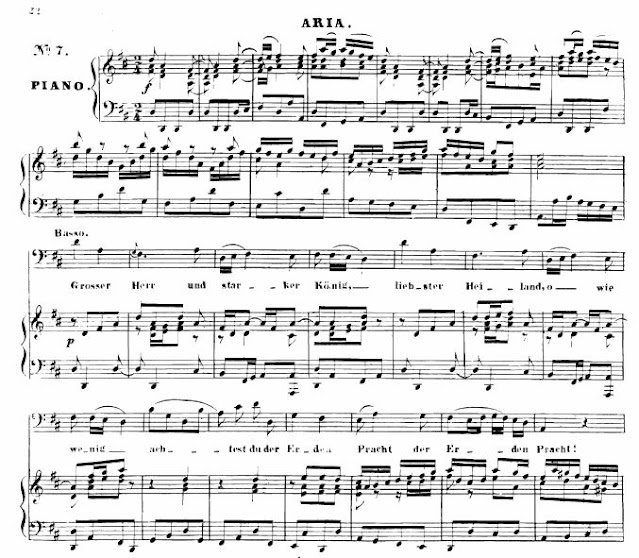Bernard Haitink conducts Shostakovich's Symphony No. 8
OK, let's get a bit rougher here. Shostakovich's piano music takes a back seat to his work for orchestra and even for string quartet, though he himself was a tremendous pianist and wrote quite a lot of music for his instrument. He felt he could say more by using a larger variety of instruments. I'll have to agree with Dmitri there.
The year was 1984. I had just graduated from college with a German degree and wanted to get back to the old continent to enjoy long breakfasts with friends, have coffee and cake in the afternoons and go to concerts at night, all the while officially looking for a job in "international business". - whatever that might have meant.So I spent eight months back and forth between my old friends in Münster and my sister and new friends in Vienna. While in Münster I went back to the foreign students' office and visited the animated secretary, Frau Droste zu Senden, who let me sign up for a week-long DAAD bus trip to Berlin, which was the same type of thing I had done back in 1983. Here's the deal: You paid 50 DM and got a week in Berlin - hotel, meals, free concert tickets every night and seminars about East-West relations. Before I write two books about those two trips, let me concentrate on one concert...or two actually.
Bernard Haitink conducted the Berlin Philharmonic in Shostakovich's Symphony No. 8 in the first half and Shlomo Mintz soloed in Brahms' Violin Concerto in the second half. I had never heard either live, but was so taken with them the first night that I got a ticket to go back again the following evening. For the first concert I was sitting with my girlfriend Gabi and two wonderfully flirty French students, Isabelle and Laurence. We were sitting behind the orchestra, so we watched Haitink's conducting gestures. If you get a chance to do this, too, go for it!
While some say Haitink conducts some pieces too smoothly (Norman Lebrecht faults his style in the new Mahler biography and a conducting professor said something similar to me once), this piece cannot suffer from smoothness. Everything is in there from ppp to fff, from peace to war. Haitink beats time with one hand and motions the phrasing with the other by gracefully opening and closing his fingers. It is magic to watch!
I was fascinated by the symphony, with its opening 25-minute long adagio movement followed by the stormy allegretto and allegro non troppo middle movements. The fast movements march through history, throwing off crises with a glissando here and an almost ad libitum solo there. It is one of my favorite pieces to conduct in the privacy of my own home.
The second evening I viewed the concert from the third balcony. When Shlomo Mintz played a Bach encore, the notes flew up to my ears and disappeared into my dreams.




Comments
Post a Comment